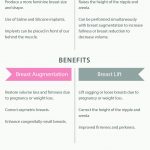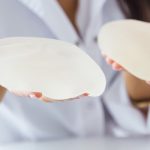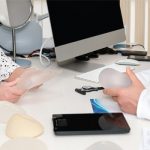Everything You Need to Know About Breast Implant Rupture
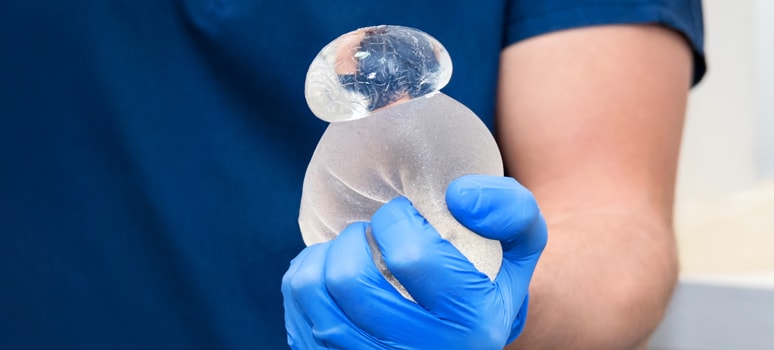
Probable Causes of Rupturing
Breast implants can be replaced for various reasons, including rupture, capsular contracture, size changes, and malposition. On average, the replacement of a breast implant occurs every 10 — 15 years. During this period, implant rupture can occur, most commonly due to external trauma.
Overfilling of saline implants — within the manufacture’s recommendation — during the implant placement is not attributed to instances of rupture. External incidents such as blunt trauma can be a factor but is also a rarely reported occurrence.
All implants, whether saline or silicone, have an outer silicone shell. This membrane can develop a tear, causing the contents to seep out and drain from the implant. In saline implants, the saline will drain into the capsule made by our body around the implant, and then it is absorbed.
With silicone implants, the gel may leak out depending on the type of gel used by the manufacturer. Referred to as extravasation, the gel contained in the implant “bleeds” out into the implant capsule made by the body and is, in most instances, contained.
Signs and Symptoms
In most cases, a patient will experience a “Silent Rupture” wherein no conspicuous change will be apparent from an outside perspective. We recommend committing to a routine testing schedule through the useful lifespan of the implant to diagnose ruptures and make a decision on the next course of action. Patients decide whether to wait and observe or to replace the implants as soon as possible.
When there is visible change with implant rupture, it can be identified with alterations in the shape and form of the breast, or asymmetry from its original construction. There may also be a notable difference in size with the ruptured implant in saline implants. Patients may experience pain and swelling for a few weeks, accompanied by tightness and extraordinary firmness, but the reported incidence is rare.
Capsular contracture may also be the source of these symptoms. With all implants placed in our body, a tissue capsule forms around it to nestle the implant with fibrous scar tissue. It is characterized as soft to slightly robust. This is a natural physiological occurrence when a foreign object is inserted into the body.
In some cases, the layer around the implant becomes dense and hard, which creates the sensation of tightness, cold breast, and results in chronic pain in the chest area. It may also alter the shape of the breast and cause it to constrict and elevate irregularly.
Health Risks Associated with Implant Rupture
Most literature in regards to implant rupture states no long-term health risks. Apart from the possible occurrence of capsular contracture and subsequent pain, ruptures pose no fatal or grievous effects. But it’s always advised to seek out your doctor immediately if you suspect a rupture due to symptoms discussed above, or if you spot any ruptures during your regularly scheduled implant inspection.
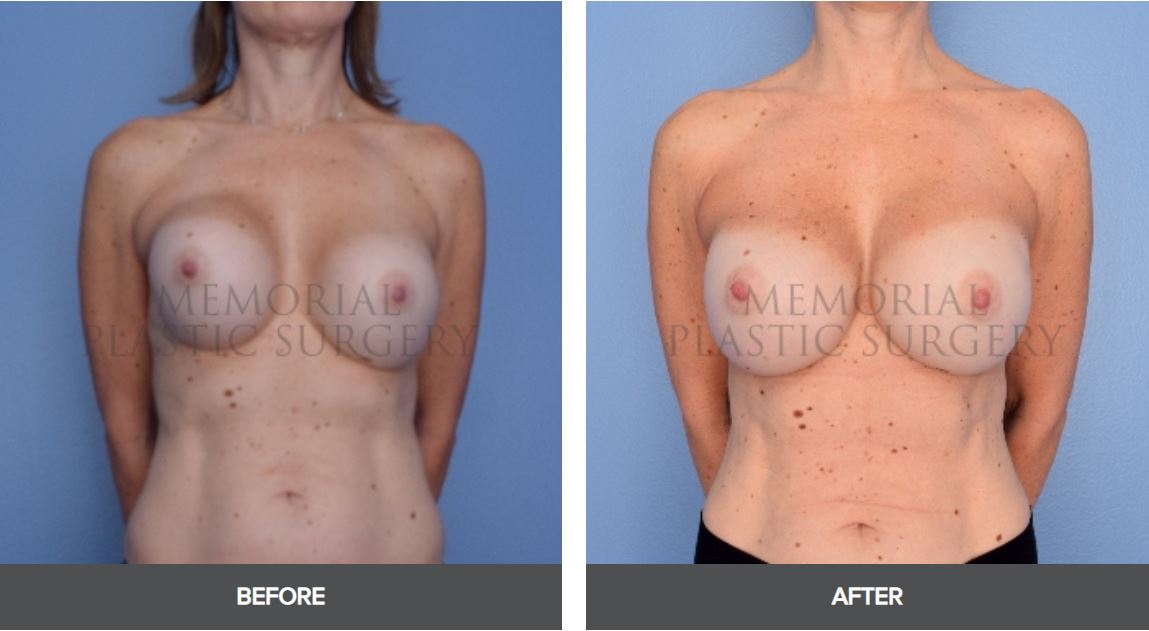
PROCEDURE DETAILS:
54 y/o female with over the muscle breast augmentation with saline implants done by another surgeon. She presented with right breast capsular contracture & asymmetry of her breasts. She underwent revisional breast augmentation with textured 425 cc silicone implants.
PATIENT INFORMATION:
- Age: 50-59
- Gender: Female
- Ethnicity: White
- Height: 5’0″ – 5’5″
- Weight: 126 – 150 lbs.
Saline vs. Silicone Breast Implants
Both implant types are equally susceptible to the same causes of rupturing but have different effects and symptoms.
Saline-based implant augmentations are a relatively more affordable procedure. It also allows the patient to request the surgeon to inject an increase or decrease of the solution as needed with ease at the time of surgery within the manufacturer’s recommendation. The operation also necessitates a smaller incision, as they are filled after the placement of the implant. A drawback for patients is that it is also susceptible to rippling, and this presents as wrinkling of the skin.
With saline implants, the filling valve may fail and leak. The sterile saline, or saltwater, within the implant will flow out from its outer shell and be absorbed by the body. There will be a larger chance of identification, as the implant will visibly deflate. One may also experience breast pain and skin tenderness.
Silicone implants are preferred by surgeons and patients alike due to the aesthetic and tactile quality it manifests, closely resembling the natural shape and feel of a breast. It also mimics the mechanical properties of breast tissue better than its saline counterpart.
The gel from silicone is thicker and denser, and so the rupture will be less evident, and the leaking will be slower than that of a saline implant rupture. Clinically referred to as a “gel fracture,” the silicone gradually seeps into the breast pocket, but unlike the saltwater, it will not be organically absorbed. In rare instances, the silicone may create granulomas in the adjacent area of the breast, the underarms, and the chest.
What Do I Do?
There are multiple tests to identify whether a rupture is present in the placed implants. Schedule a mammography test or a physical exam with your medical specialist. If you suspect an implant rupture, I highly recommend a breast MRI (Magnetic Resonance Imaging) to immediately locate the rupture and make a proper diagnosis.
The FDA recommends screening women with breast implants five to six years after the initial operation, and every two years until replacement. It’s important to note, however, that all examinations have a margin of error. The tests may either be unable to detect the breakage or fail on a false positive.
Upon detection and diagnosis, some patients opt for a wait-and-see strategy. Others do a corrective procedure to restore its former shape and volume, or even remove or correct both implants. If so, both an implant exchange and capsulectomy are recommended if capsular contracture is present or if silicone has been seen outside of the capsule due to the force of the trauma causing the rupture. If the capsule is soft and silicone is contained in the capsule, we can remove the ruptured implant and implant material, and a new implant can be placed without removing the capsule.
If you suspect implant rupture, don’t panic. You can reach out to us here at Memorial Plastic Surgery, and we’ll schedule an imaging check-up and exam to identify any ruptures immediately and take a course of action that you feel is right for you.
*This blog is created and maintained for informational purposes only. The images present may not accurately reflect actual cases per individual. Individual cases are unique, and the descriptions and solutions will vary per patient.







